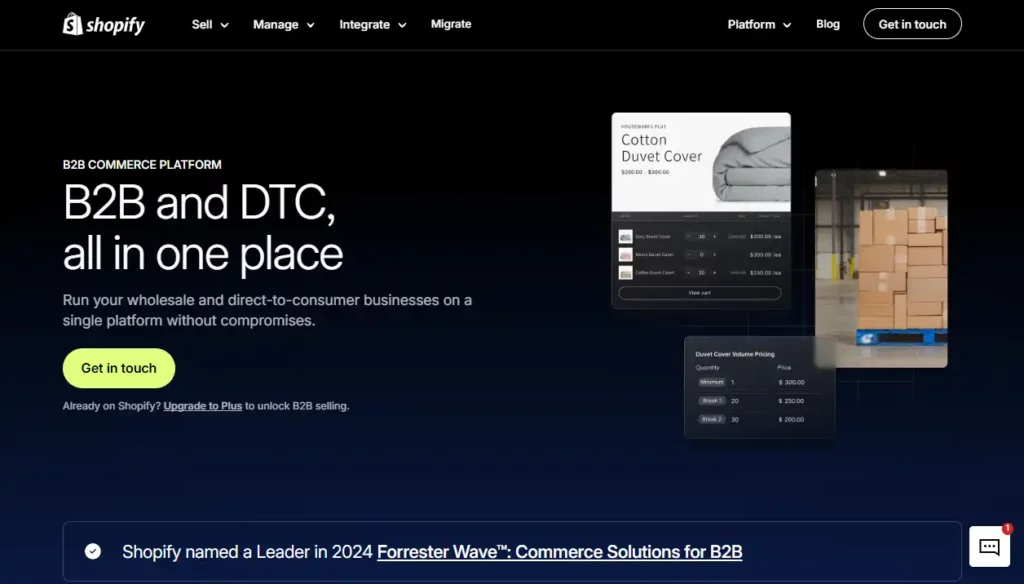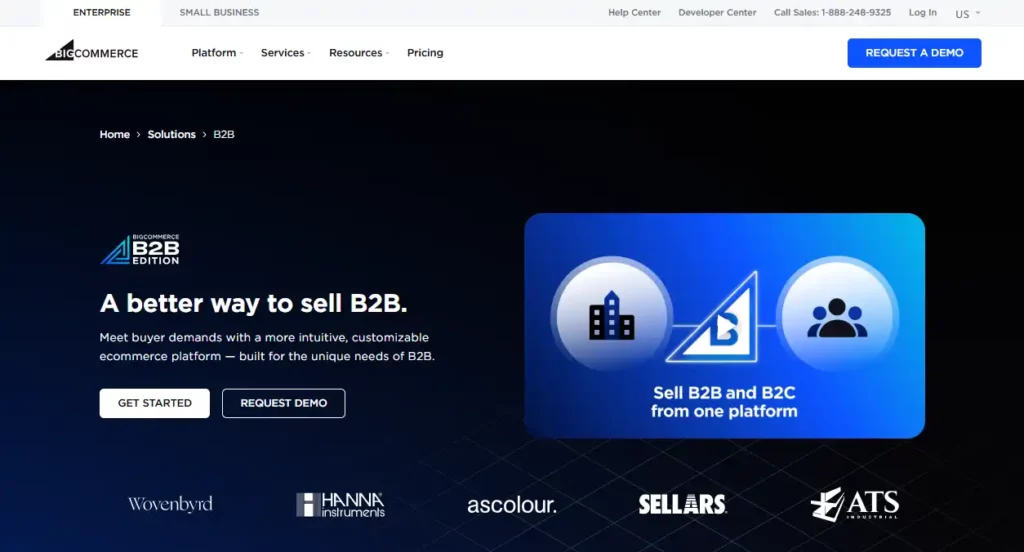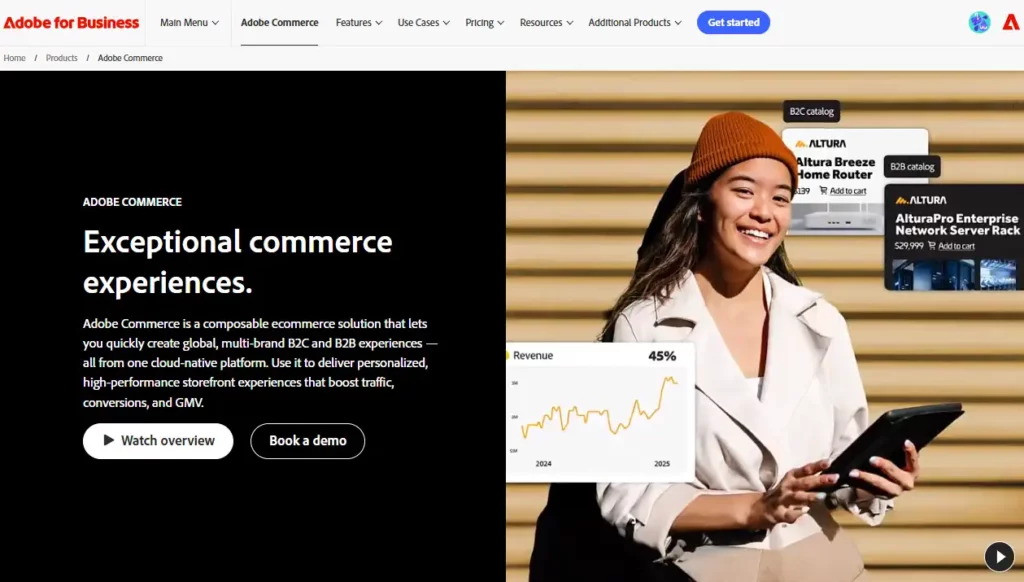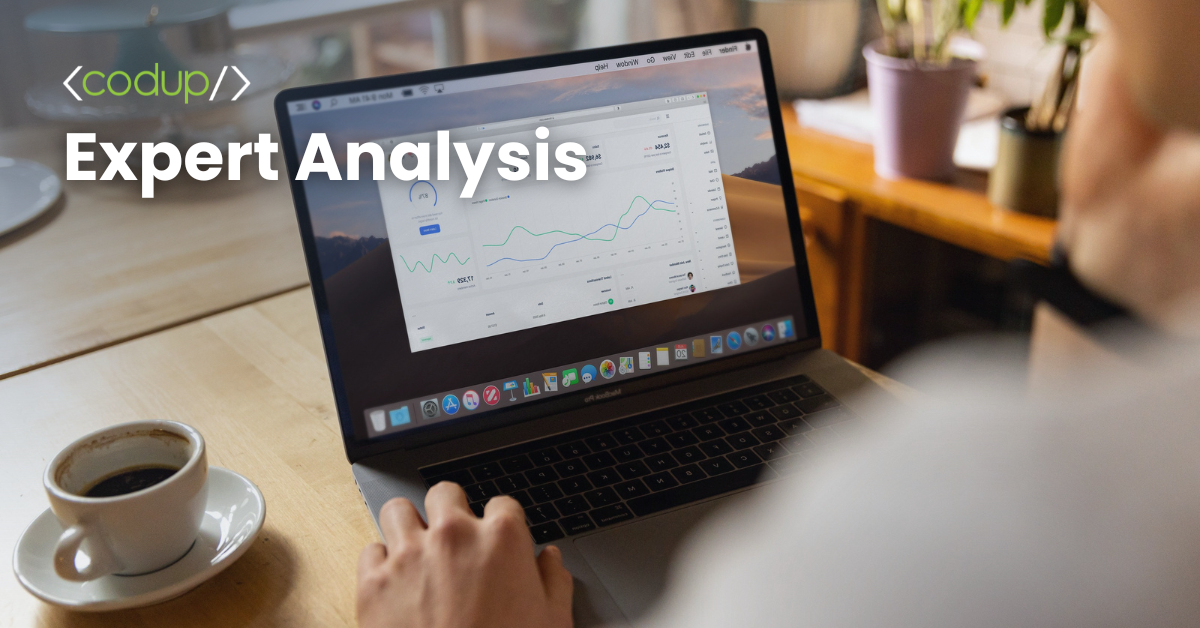B2B eCommerce Platforms: BigCommerce vs Shopify vs Adobe Commerce
In 2025, the line between retail and B2B eCommerce platforms has blurred, but one thing remains clear: B2B buyers expect the same digital ease as consumers, with the complexity of business logic built in.
For manufacturers, wholesalers, and distributors navigating digital transformation, choosing the right B2B e-commerce platform is a mission-critical decision. This guide compares three industry leaders, Shopify B2B, BigCommerce B2B, and Adobe Commerce B2B (formerly Magento,) to help mid-market decision-makers evaluate fit based on functionality, flexibility, and long-term scalability.
Why Platform Choice Matters in B2B
B2B eCommerce platforms are no longer just about transactions. It’s about enabling digital self-service, accommodating negotiated pricing, integrating with ERP and CRM systems, and supporting long, multi-stakeholder buying cycles. Whether you’re digitizing quoting or building multi-storefront experiences for global buyers, your platform must do more than “just sell.”
Feature Comparison: Shopify B2B vs BigCommerce B2B vs Adobe Commerce B2B
| Feature | Shopify B2B | BigCommerce B2B | Adobe Commerce B2B |
| Custom Pricing & Net Terms | ✅ Built-in for B2B accounts | ✅ Native with Customer Groups | ✅ Advanced with custom rules |
| Self-Service Portals | ✅ Yes, customizable | ✅ Robust out-of-the-box | ✅ Highly customizable |
| Headless Support | ✅ Hydrogen/Storefront API | ✅ Open APIs | ✅ Strong GraphQL & PWA support |
| Multi-Store Management | ✅ Markets & Expansion Stores | ✅ Native Multi-Storefront | ✅ Full multi-site capability |
| ERP/CRM Integrations | ✅ Shopify App Ecosystem | ✅ Open architecture | ✅ Built for deep integrations |
| Quoting & Approvals | 🟡 Limited via apps | ✅ Native & extensible | ✅ Native & advanced |
| B2B Checkout Customization | 🟡 Limited control | ✅ High flexibility | ✅ Full customization |
| Hosting & Security | ✅ SaaS-hosted (PCI, SSL) | ✅ SaaS-hosted (ISO, PCI) | 🟡 Self-hosted or Adobe Cloud |
| Total Cost of Ownership | 🟢 Lower upfront | 🟡 Moderate | 🔴 High |

Shopify B2B: Best for Fast, Scalable Setups
Shopify B2B is ideal for brands seeking to launch quickly and scale efficiently without incurring significant technical overhead. With its 2024 B2B upgrades on Shopify Plus, merchants can:
- Create B2B-only storefronts.
- Manage buyer roles, price lists, and payment terms.
- Sync with ERP via APIs or apps.
However, Shopify has some limitations in areas like quoting, complex workflows, and granular control over checkout. These gaps are often bridged through apps or custom development, which is manageable for mid-market brands with a capable partner.
Used by brands like Staples.

BigCommerce B2B: Most Flexible Mid-Market Solution
BigCommerce B2B eCommerce platform shines in flexibility without overwhelming complexity. It supports:
- Native customer groups and price lists.
- Seamless ERP and PIM integrations.
- Open APIs for headless builds.
- B2B Edition with prebuilt buyer experiences.
Unlike Shopify, BigCommerce doesn’t require plus-tier pricing to unlock B2B features, making it more cost-efficient for brands scaling beyond simple DTC/B2C models.
Used by Avery Dennison.

Adobe Commerce B2B: Built for Complexity and Control
Adobe Commerce is the platform of choice for companies with particular processes, massive catalogs, or advanced multi-site requirements. Its strengths include:
- Advanced quoting, requisition lists, and shared catalogs.
- Complete control over every customer-facing and backend experience.
- Headless capabilities via PWA Studio and GraphQL APIs.
Adobe Commerce is also the most resource-intensive of the three, requiring a dedicated development team and longer timelines. But for businesses with deep customization needs, it’s often the only platform that checks every box.
Headless B2B eCommerce: A Growing Need
All three platforms support headless commerce, but the implementation differs:
- Shopify offers Hydrogen and Oxygen, optimized for React-based frontends.
- BigCommerce integrates easily with front-end frameworks like Next.js and Vue.
- Adobe Commerce offers full PWA Studio support and robust GraphQL APIs.
Headless is ideal for mid-market and enterprise B2B eCommerce platform sellers who need performance, flexibility, and CMS control, especially when selling across multiple regions, brands, or portals.
Pricing & Total Cost of Ownership (TCO)
| Platform | License/Hosting | Development Cost | Maintenance | Typical TCO (Mid-Market) |
| Shopify Plus | $2,000+/mo | Low to Medium | Low | $$ |
| BigCommerce Enterprise | Custom Quote | Medium | Low to Medium | $$ |
| Adobe Commerce | License + Hosting | High | High | $$$ |
Shopify and BigCommerce offer more predictable monthly pricing and lower total cost of ownership. Adobe Commerce provides the most control, but at a higher operational cost.
Real-World Platform Fit
| Business Type | Best Platform | Why |
| Fast-growing manufacturer or wholesaler | Shopify B2B | Fast setup, rich ecosystem |
| Multi-channel brand with complex pricing | BigCommerce B2B | Flexibility + built-in B2B tools |
| Global enterprise with custom workflows | Adobe Commerce | Total control, deep customization |
Final Takeaway: Which B2B Platform Is Right for You?
Choosing the right B2B eCommerce platform depends on your business model, the complexity of your buyers, and your future growth plans.
- Choose Shopify B2B if you want speed, simplicity, and an app-driven ecosystem.
- Choose BigCommerce B2B if you need flexibility, open architecture, and strong mid-market support.
- Choose Adobe Commerce B2B if you manage complex buying processes, require total customization, or operate globally.
At Codup, we help manufacturers and distributors navigate these decisions by mapping technology choices to real operational needs. Whether you’re building a B2B portal, migrating platforms, or going headless, our team ensures your infrastructure supports how you sell.
Frequently Asked Questions
Start by identifying your buyer workflows, pricing complexity, system integrations, and long-term goals. If you need speed and simplicity, Shopify B2B works well. If you’re mid-market with growing operational needs, BigCommerce B2B is ideal. For full control and customization, Adobe Commerce is the better choice. Working with a digital commerce agency like Codup can help map these needs to the right platform.
-
Shopify B2B: Staples, who needed scalable direct and wholesale channels
-
BigCommerce B2B: Avery Dennison, known for leveraging flexible integrations
-
Adobe Commerce: HP and Canon, managing global multi-brand storefronts with custom workflows
Adobe Commerce offers the deepest ERP/CRM integration capabilities out-of-the-box. BigCommerce B2B also integrates easily due to its open API architecture. Shopify B2B relies more on third-party apps or custom middleware to connect with complex backend systems.
Yes. Shopify B2B, BigCommerce B2B, and Adobe Commerce all support hybrid models that let you manage wholesale and retail operations from a single backend. Features like customer segmentation, multi-storefront management, and role-based pricing help streamline operations across both channels.
Headless B2B eCommerce platforms decouple the front-end experience from the backend system. This allows businesses to build faster, more personalized storefronts and integrate with modern CMS and ERP systems. Shopify uses Hydrogen/Oxygen, BigCommerce works with frameworks like Next.js, and Adobe Commerce supports full PWA experiences with GraphQL APIs.
Contributors
-

Calister Maloney
writer
Content Lead


